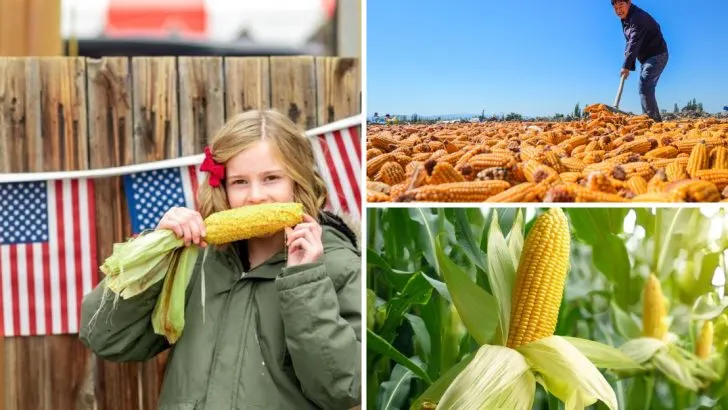Corn is one of the most vital crops globally, serving as a staple food, a key ingredient in countless products, and a critical component in livestock feed.
The production and export of this versatile crop are concentrated in a handful of nations that play a crucial role in meeting global demand.
In this guide, we’ll explore the 10 nations that dominate the world’s corn supply. From technological advancements in agriculture to fertile landscapes, discover how these countries contribute to sustaining a world that depends heavily on this golden grain.
United States
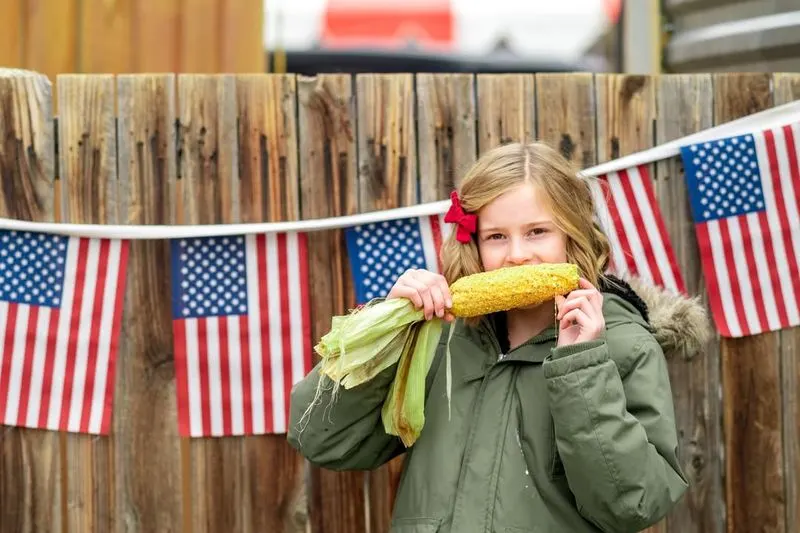
Dominating the world’s corn output, the United States produces more corn than any other nation. The Midwest, often referred to as the “Corn Belt,” is the heartland of this production. Here, advanced farming techniques and large-scale operations define the landscape.
Farmers utilize cutting-edge technology to maximize yield, ensuring the U.S. remains at the forefront of global corn production, supplying both domestic and international markets. This vast agricultural prowess not only impacts the economy but also influences food security worldwide. It’s a testament to innovation and hard work in the American agriculture sector.
China
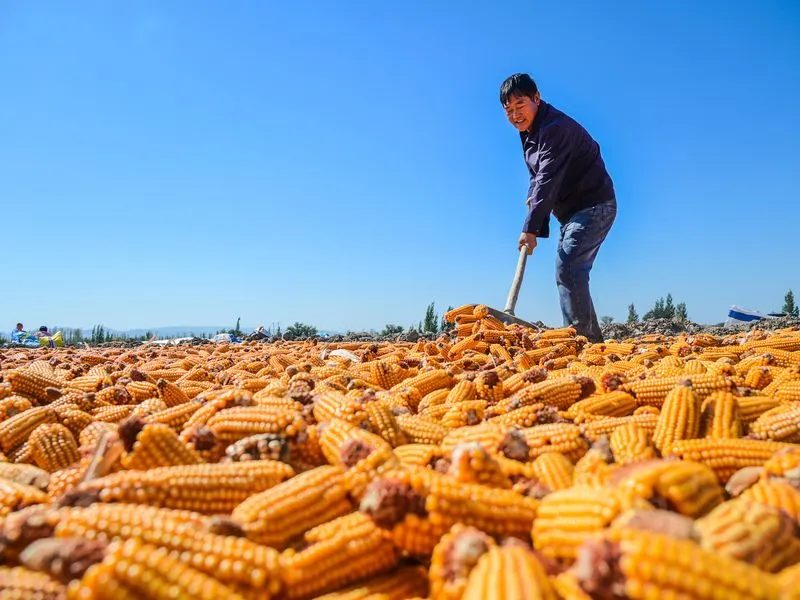
China stands second in global corn production, contributing significantly to feeding its vast population. Large-scale farming across extensive plains, particularly in regions like Heilongjiang, underscores its agricultural strength.
The focus here is often on hybrid varieties that thrive in diverse climates, ensuring robust yields. These efforts are supported by governmental policies aimed at boosting productivity and self-sufficiency. China’s commitment to agricultural innovation helps it maintain a strong position in the global corn market, balancing traditional practices with modern techniques to meet growing demands.
Brazil
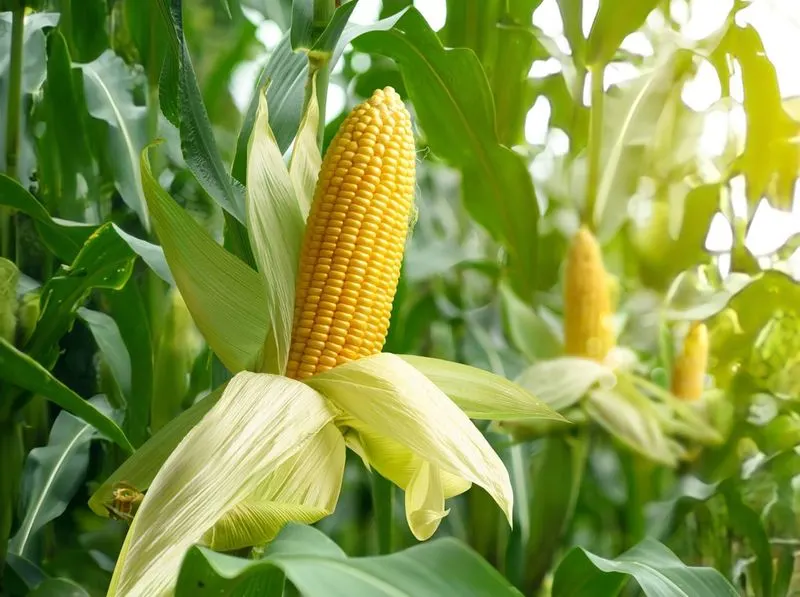
In Brazil, corn is more than a crop; it’s a critical component of the country’s agribusiness sector. The nation’s fertile lands and favorable climate conditions support its position as a leading producer. The integration of corn in crop rotation systems with soybeans enhances soil health and productivity.
Brazilian farmers often adopt sustainable practices to boost yields while preserving the environment. This combination of natural advantages and strategic farming methods allows Brazil to make significant contributions to the global corn supply, catering to both food and industrial markets.
Argentina
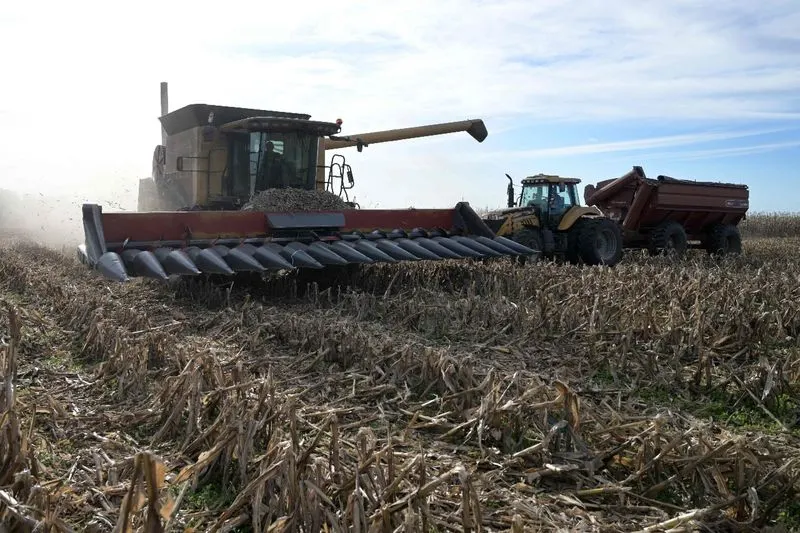
Argentina’s vast Pampas region provides an ideal environment for corn cultivation, characterized by fertile soil and moderate climate. This South American country leverages technological advancements in agriculture, including precision farming, to improve efficiency and output.
Corn here is primarily grown as a cash crop, with substantial exports contributing to economic growth. Argentine farmers are known for their adaptability, embracing innovations that enhance both production and sustainability. This dynamic approach ensures Argentina maintains its status as a key player in the international corn market.
India
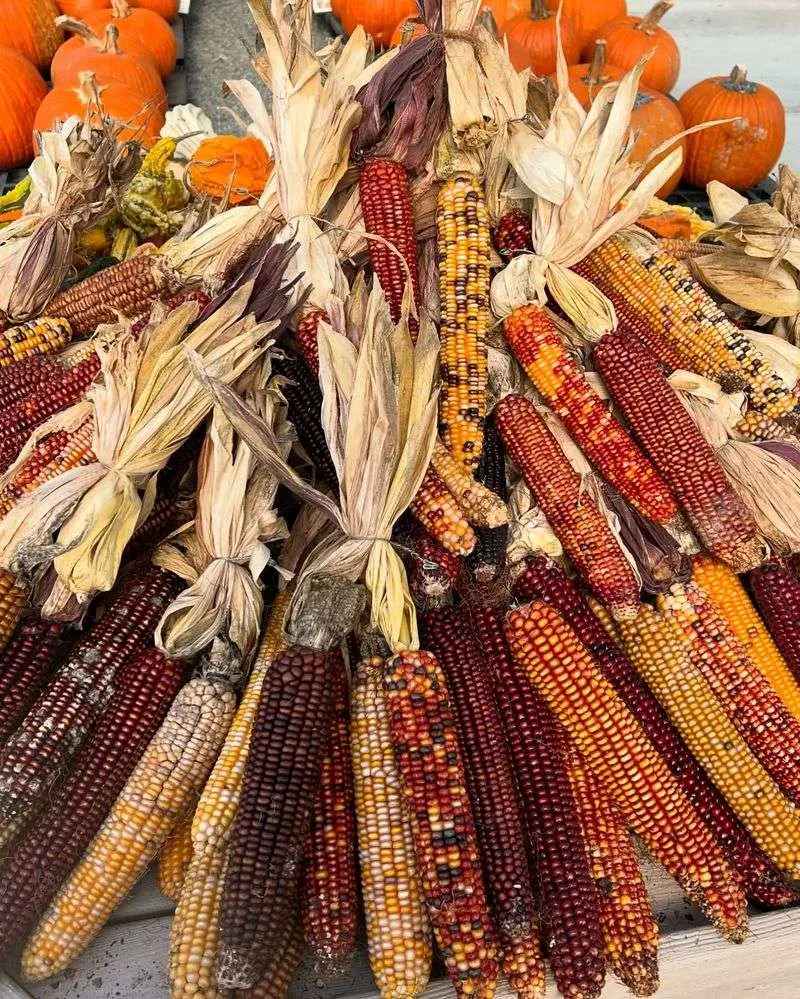
Though not the largest, India is a notable corn producer with a diverse agricultural landscape. Corn is grown across various states, with a focus on both food and fodder. Indian farmers often rely on traditional methods, with a gradual shift towards modern technologies to improve yields.
The crop supports numerous local communities, contributing to food security and economic stability. Efforts to enhance production include introducing drought-resistant varieties and improving irrigation. India’s growing role in corn production reflects its commitment to agricultural development despite challenges.
Mexico
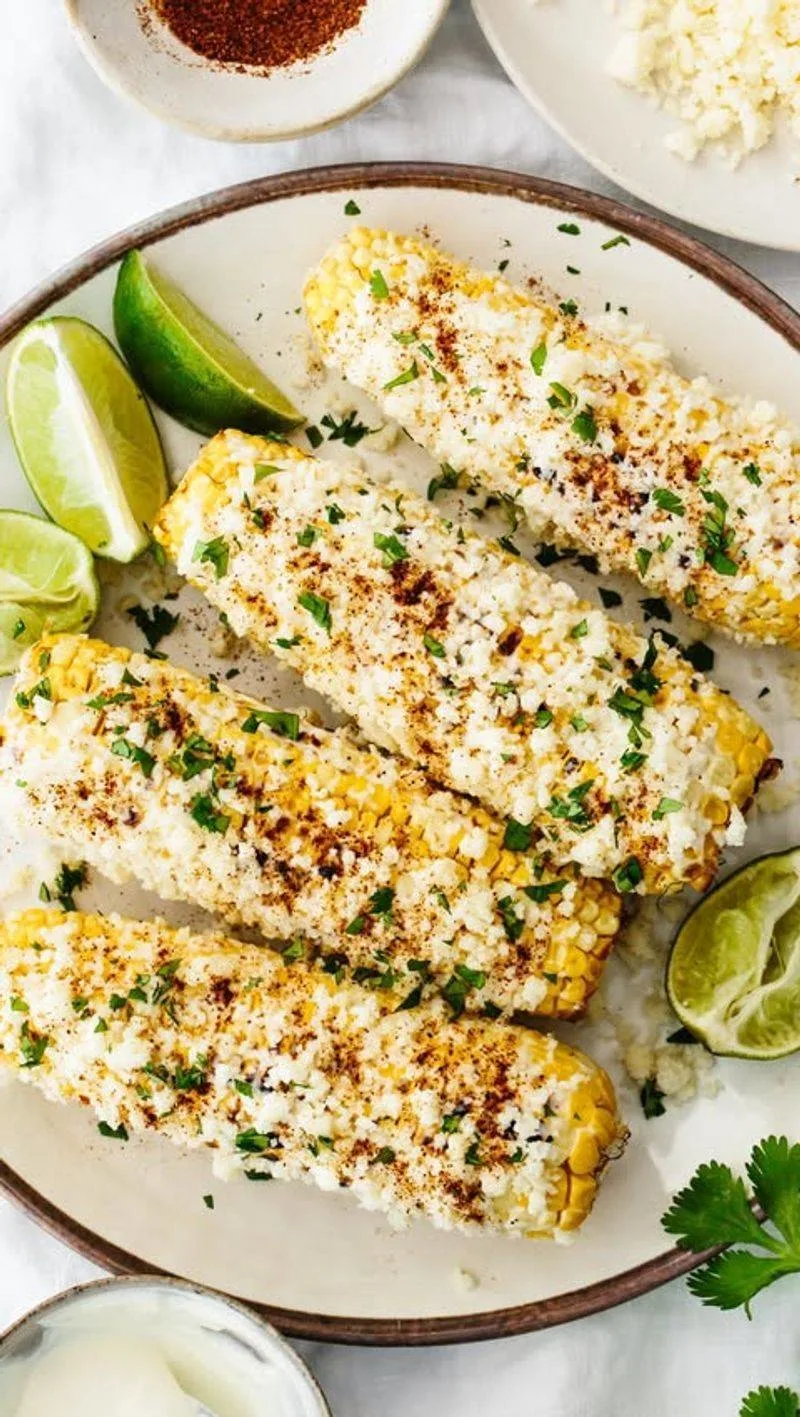
In Mexico, corn is deeply embedded in culture and cuisine, making it a critical agricultural commodity. The diverse climate allows for varied corn varieties, cultivated in regions such as Sinaloa and Jalisco. Mexican farmers, balancing tradition with innovation, often engage in sustainable practices to protect their heritage crop.
Corn here is not just for sustenance; it’s a symbol of identity, influencing both local diets and economic activities. As Mexico continues to enhance its production capabilities, it plays a vital role in preserving biodiversity and fostering agricultural resilience.
Indonesia
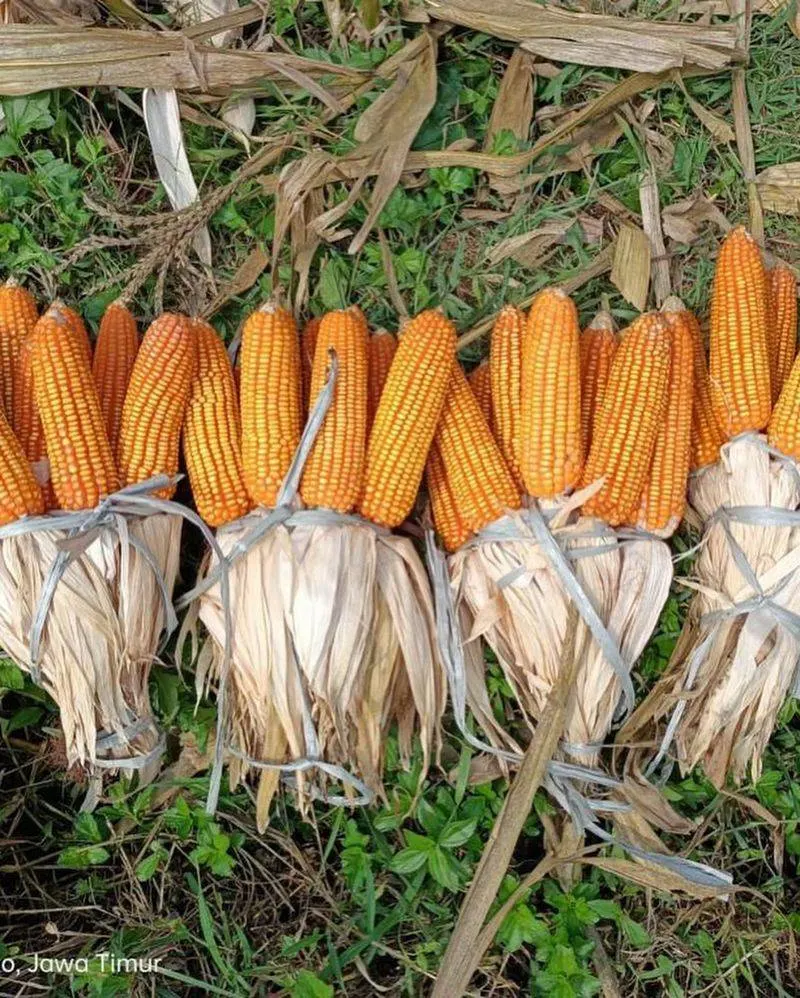
Indonesia’s tropical climate supports its position as a significant corn producer in Southeast Asia. Corn is primarily cultivated in regions like Java and Sumatra, where farmers integrate it with other crops in polyculture systems. This approach maximizes land use and supports sustainable farming practices.
The government actively promotes corn production to reduce dependency on imports, focusing on improving seed quality and farming techniques. Indonesia’s agricultural landscape, marked by innovation and tradition, ensures a steady supply of corn for both domestic consumption and regional markets.
Ukraine
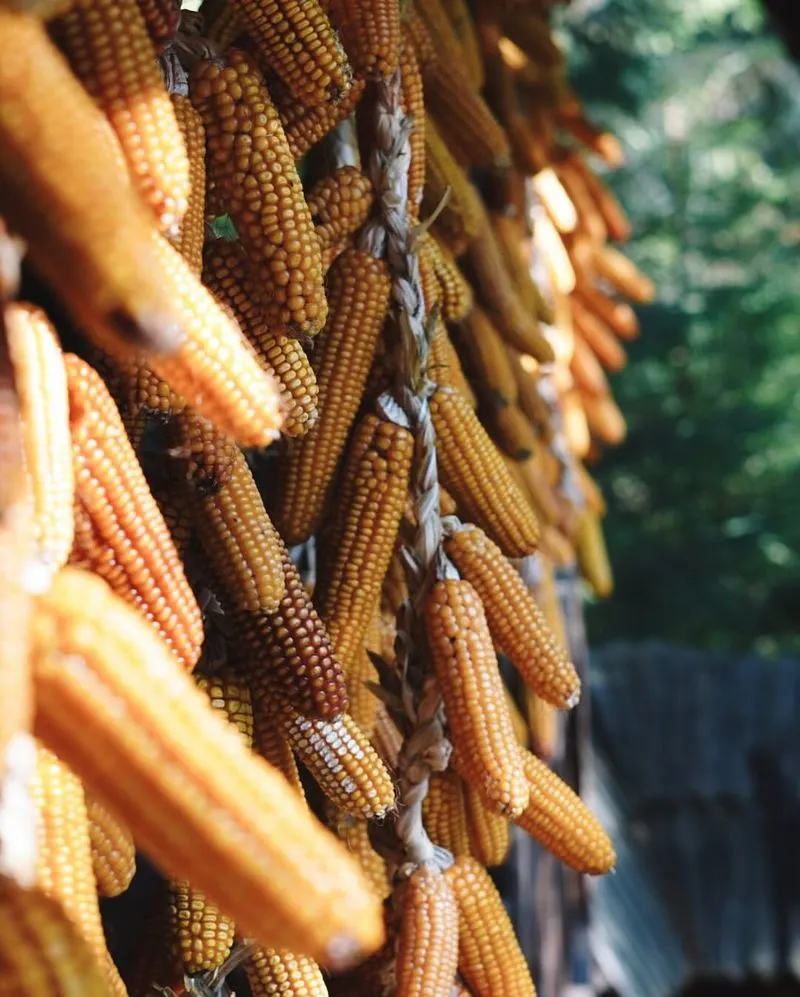
Ukraine, known as Europe’s breadbasket, contributes substantially to the world’s corn supply. The country’s fertile black soil offers ideal conditions for corn cultivation, enabling high yields. Ukrainian farmers often employ modern agricultural techniques, including precision farming and biotechnology, to enhance productivity.
The nation’s strategic location further facilitates corn exports to various international markets. Ukraine’s commitment to agricultural excellence ensures it remains a pivotal player in the global corn industry, balancing export demands with domestic needs.
Russia
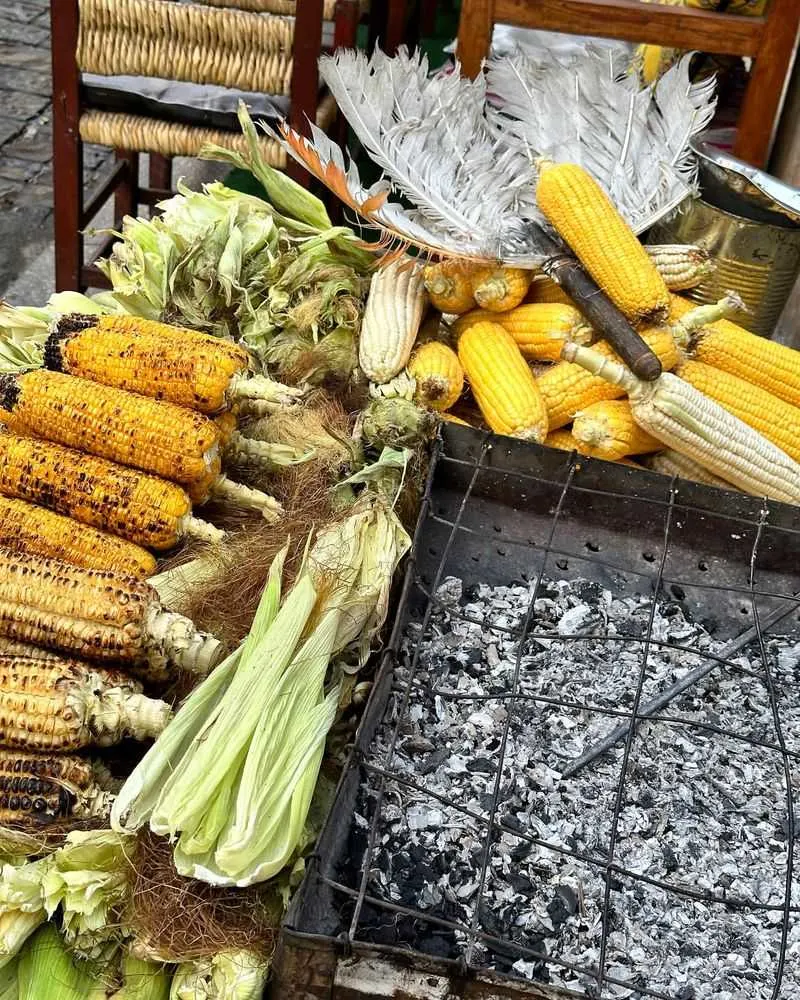
Russia’s vast landmass provides ample opportunity for extensive corn production, particularly in its southern regions. The focus is on enhancing yields through technological advancements and improved farming practices.
Corn serves both as a food staple and a key ingredient in animal feed, supporting the country’s livestock industry. Russian agriculture is characterized by large-scale operations, where efficiency and innovation drive production. As Russia strengthens its position in the global corn market, it continues to invest in agricultural development and infrastructure.
South Africa
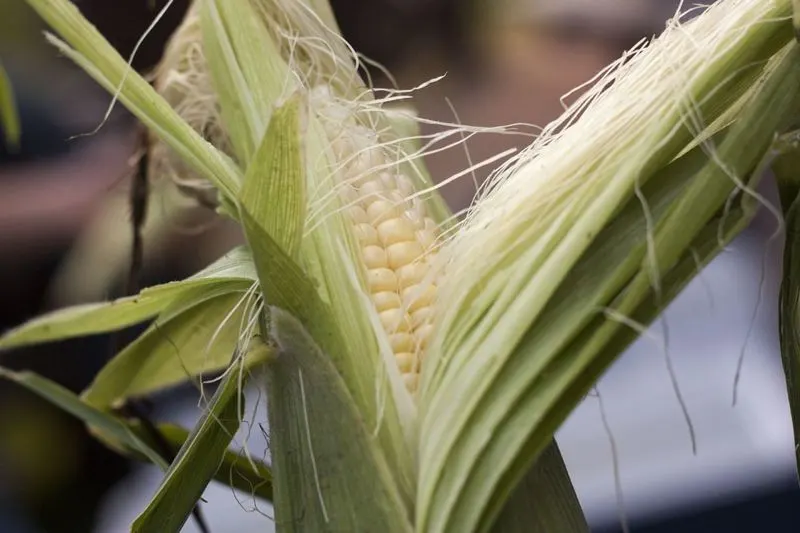
South Africa’s diverse climate and agricultural zones allow for successful corn cultivation. The crop is a staple food, crucial for food security and economic stability.
Farmers here often face challenges such as water scarcity, yet adapt through innovative irrigation techniques and drought-resistant varieties. Corn is primarily grown in regions like the Free State and Mpumalanga, where it’s a vital part of the agricultural landscape.
South Africa’s commitment to overcoming these challenges ensures its steady contribution to the global corn supply, supporting local and international demands.

